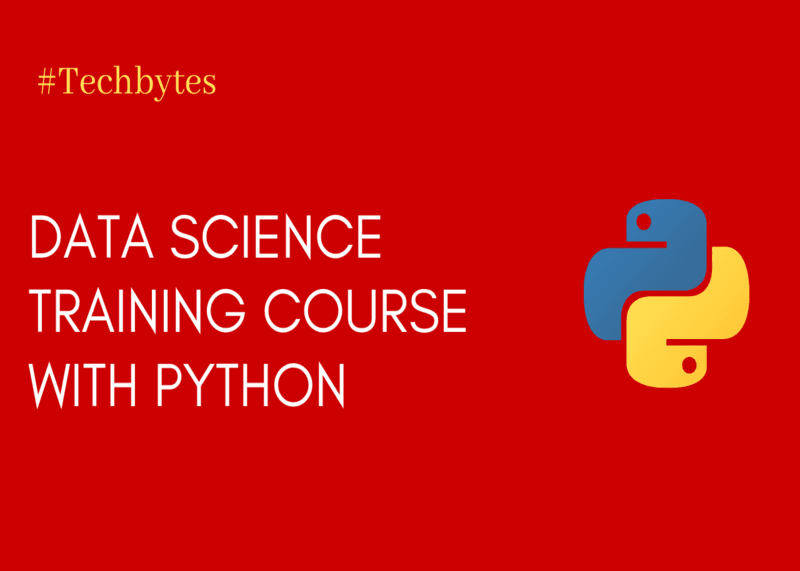
Maurice Conti – The Incredible Inventions of Intuitive AI
The Incredible Inventions of AI
The human mind is the birthplace of every revolutionary and unique idea. The daily jobs of scientists, engineers, artists, researchers, and even entrepreneurs depend heavily on innovation. It is the driving factor of businesses right from the past. Maurice Conti, a well-known futurist says that we will witness overwhelming innovation in the next 20 years. This will surpass the innovations of the last 2,000 years. In this TED talk, Maurice classified the history of man into four distinct eras. The Hunter-Gatherer age, the Agriculture age, the Industrial Age, and the Information age. We are currently living at the end of the Information age and can see the Augmented Age on the horizon. Futurists claim that it is the time when the human species will practically use digital nervous systems and cognitive augmentation. This will make the sci-fi notion of ‘cyborgs’ turn into reality.
Rise of Intuitive AI
Even though we have made commendable progress in the field of artificial intelligence and automation, we still lack machine ‘intuition’. That means present-day AI is passive. It is restricted by our instructions and doesn’t have an intuition of its own.
Intuitive artificial intelligence means that the computer will execute the task given to it with the help of abstract instructions given to it. For example, you’ll just tell it to draw a cozy and country-side painting, and the AI will execute this command without further specifications on its own. This is becoming possible with the emergence of concepts like Generative Adversarial Networks (GAN) and Variational Autoencoders (VAE).
AI engineers came to know about the possibilities of intuitive AI after programming DeepMind’s AlphaGo. The program defeated pro-players in Go when it was embedded with neural networks simulating ‘intuition’.
Future Scope of Combining Intuition with Artificial Intelligence
Maurice Conti and his team are working on intuitive AI and robotics. They’ve developed a robot called Bishop, which will help construction workers. Bishop will take simple instructions as input and will utilize its training on simulated perception, decision making, and awareness to solve design paradigms. This project was further advanced with HIVE in which the AI was instructing humans as well as robots for construction tasks. We all can foresee AI taking up managerial jobs in the future and simultaneously undertaking physical work./
Another highly innovative use case of intuitive AI is assistance with architectural design. Joris Laarman is designing a bridge in Amsterdam along with the help of an AI. After the completion of the blueprint, the complete bridge will be built with the help of 3D printing, that too of stainless steel!
Apart from this, computer scientists are intensely focusing on developing a digital nervous system that will monitor the flow of data in an object. Every single occurrence is captured by the sensors which are trained to have a flexible generative model (very similar to that of GANs). This model will then create a more efficient design for itself based on the data collected via sensors to maximize efficiency.
Our Take
We should realize that artificial intelligence is much more than a technical buzzword. Many critics assert that it is over-hyped, which is definitely not the case. AI is undergoing innovations that are way past our thinking. Embedding intuition with AI is surely going to disrupt many industries and reduce manual labor to a large extent. Intuitive AI is definitely the technology that has the potential to change the world.


